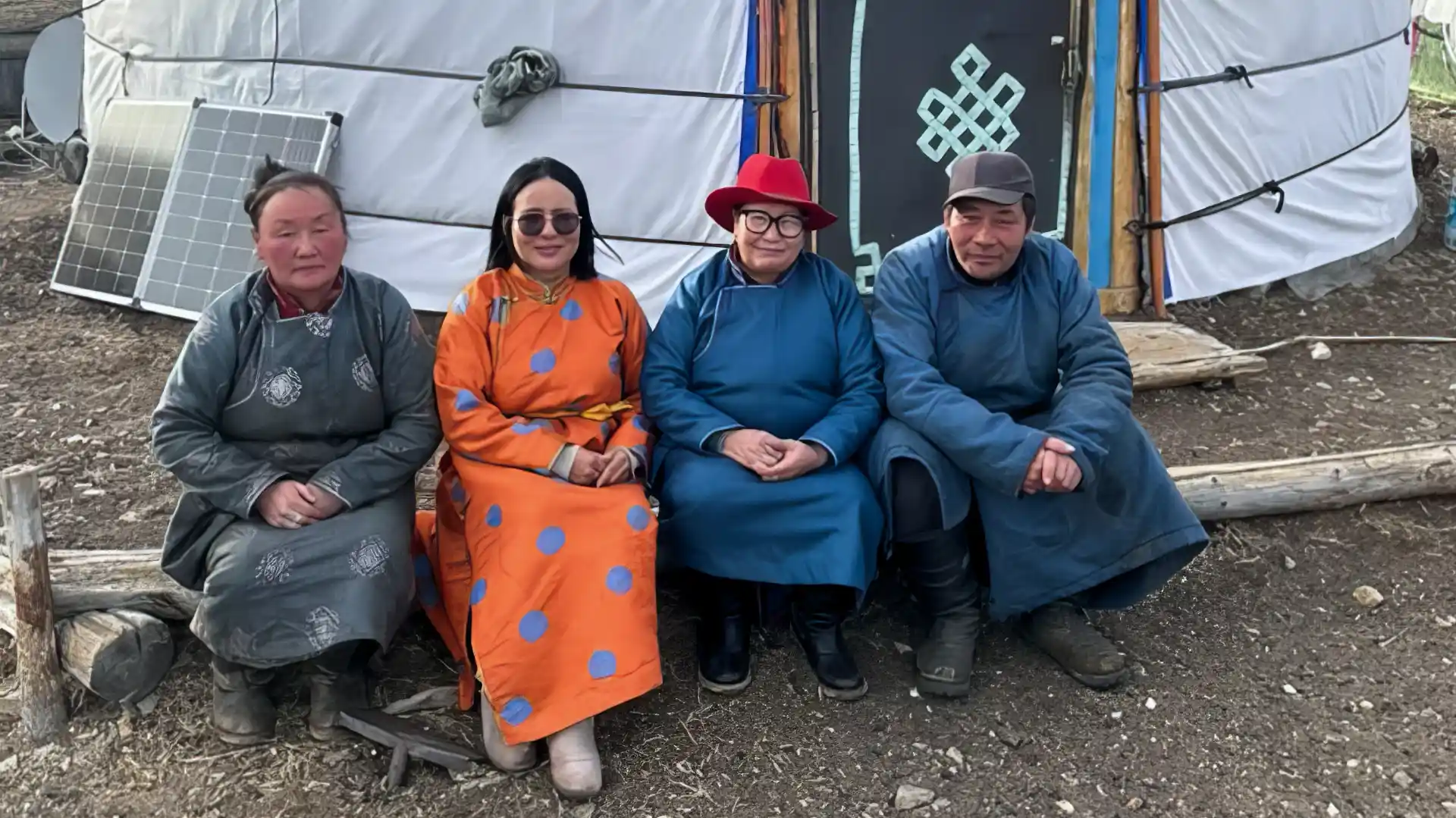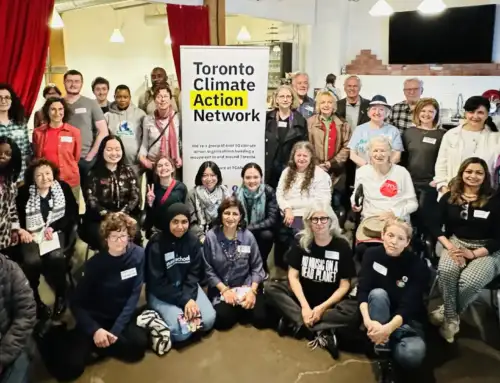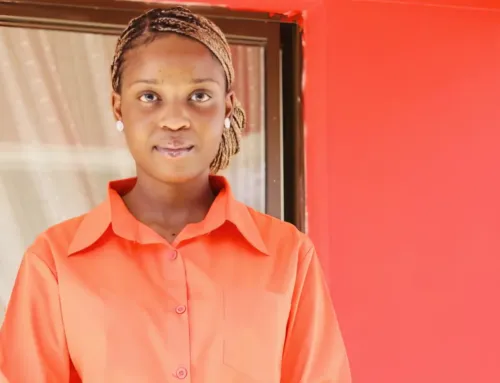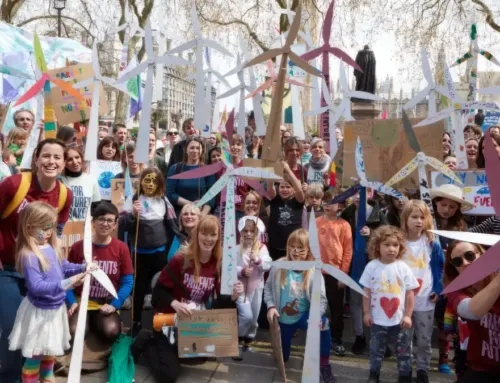STORIES
Beree Vanjil:
Helping families in Mongolia cope with a rapidly changing climate
Beree is a mother, social worker, and art therapist from Mongolia. She and her eight siblings grew up in a nomadic herding family headed by a widowed mother. Mongolia is extremely vulnerable to climate impacts, and nomadic communities have been particularly affected. Beree is using her Parent Climate Fellowship to help Mongolian families increase climate resilience and provide eco-art therapy for those who experience climate impacts. She lives in Mongolia’s capital city, Ulaanbaatar, with her husband and daughters aged eight, ten, and eighteen.
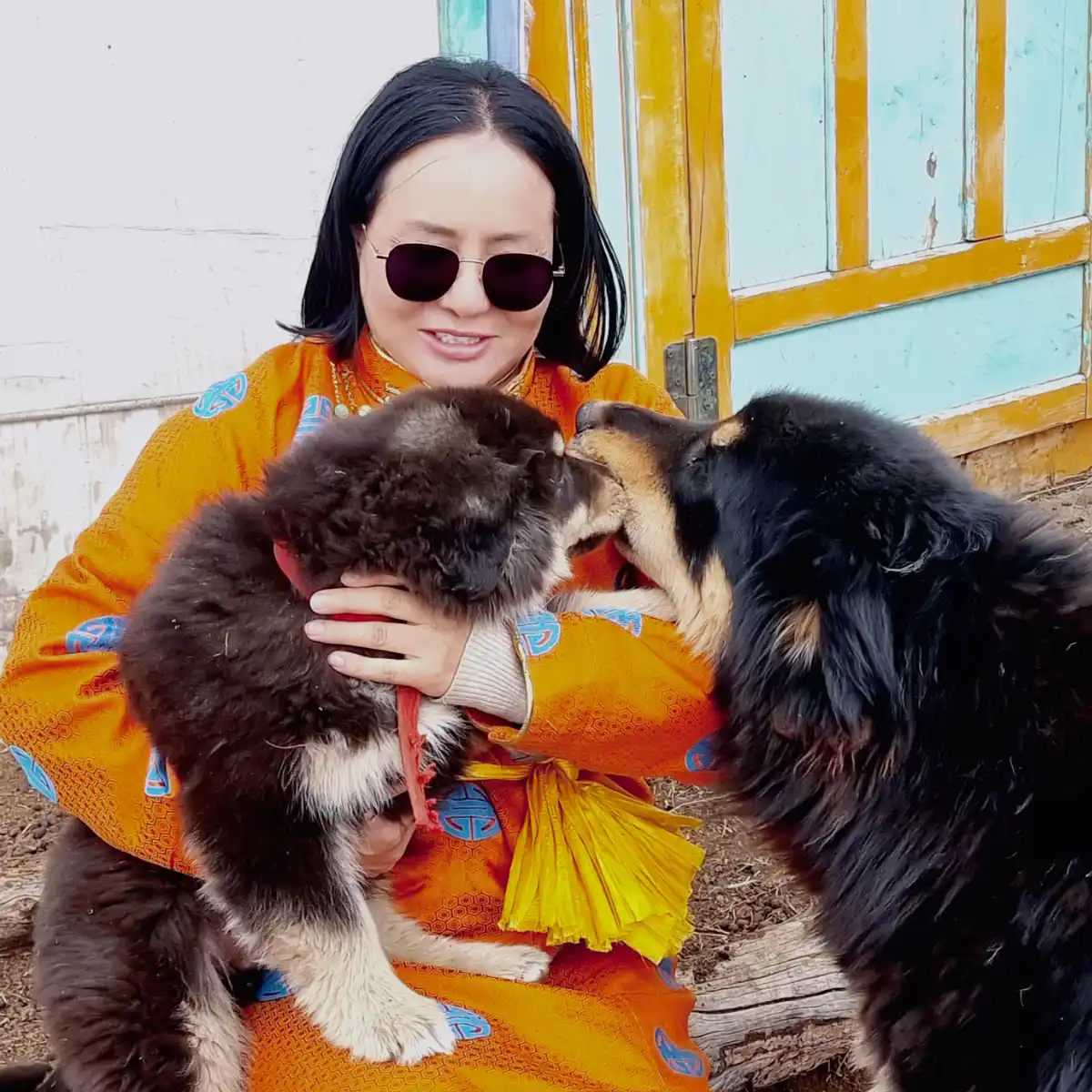
I was born into a family of nomadic herders in the countryside in Khuvsgul, the most populated province in Mongolia. It’s also the coldest, often reaching -40 degrees in winter. We raised camels, horses, sheep, goats, and five kinds of cattle, moving from place to place for good grazing ground. We lived in a ger, a round moveable tent made with wood, felt, and canvas, and my grandmother lived with us in her own ger. Our neighbors moved with us to our spring, summer, and winter camps and we all helped each other.
When I was young, my father fell ill with a tooth infection. Being isolated, we couldn’t access hospital services and he passed away. My mom was left to raise eight children alone, which made our family vulnerable. That inspired my later social work with families. My mother worked hard to raise us to become good people while she also tended thousands of animals. She was given the Best Herder award by the government in 2009. For a woman here, that’s a big success.
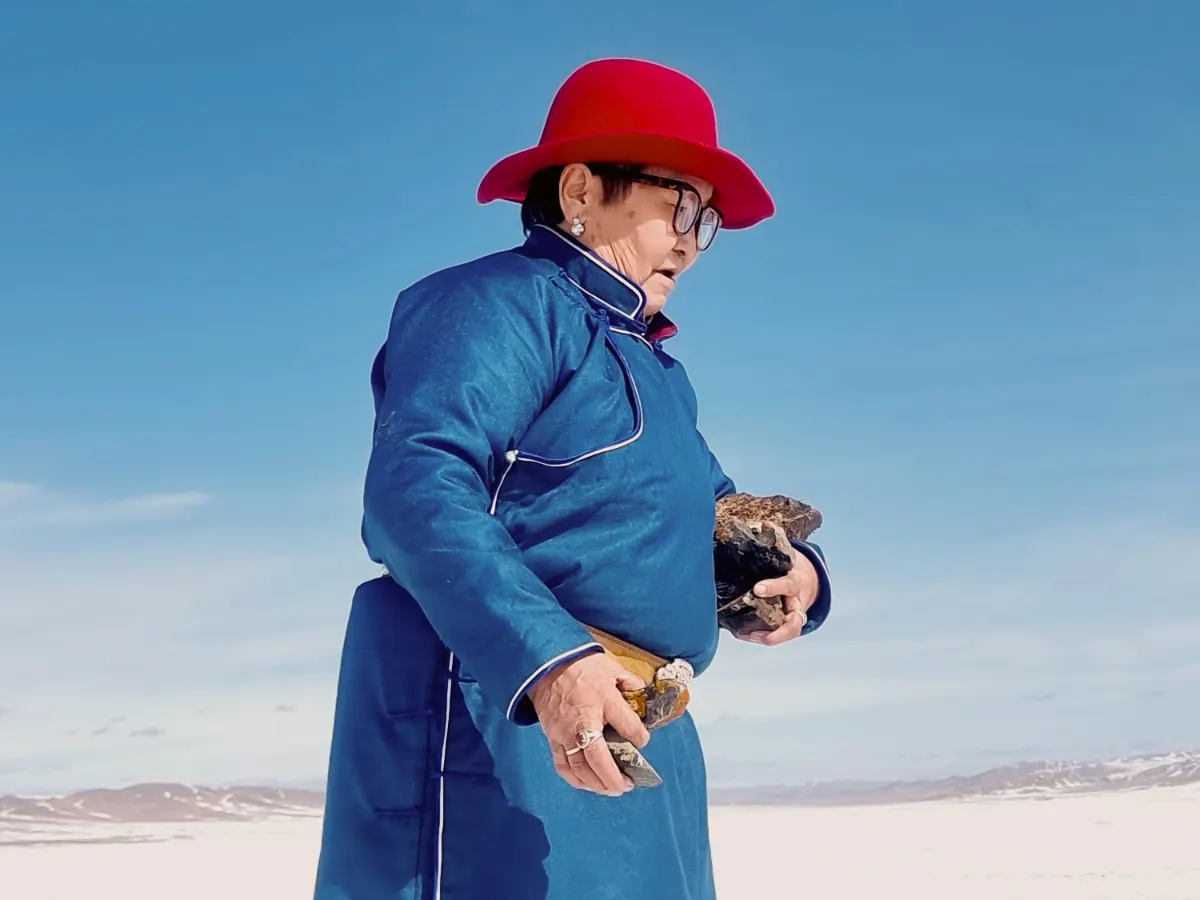
I moved to the capital city, Ulaanbaatar, to attend university and later become a social worker, working first with street children and their families. While finishing my master’s in Australia, I discovered art therapy and am developing this profession in Mongolia to help children and families with various problems, especially those who experience climate-driven disasters.
Because of Mongolia’s altitude and geography, it’s warming faster than other countries. Seasons are more unpredictable and intense, which is why the nomadic lifestyle has really changed since my childhood. Now, winters often bring extreme cold or snows that kill animals – or too little snow to protect the grasses the herds need. Summers can bring droughts or floods that harm livestock. This winter, snowstorms killed five million Mongolian livestock.
Herders often give up and migrate to Ulaanbaatar, but that’s a difficult transition. They often become jobless and most of them settle in areas with a high risk for flooding. Many fall into extreme poverty and their children struggle to access education, health, and social services. There’s no electric grid there, so in winter, people burn raw coal to keep warm.

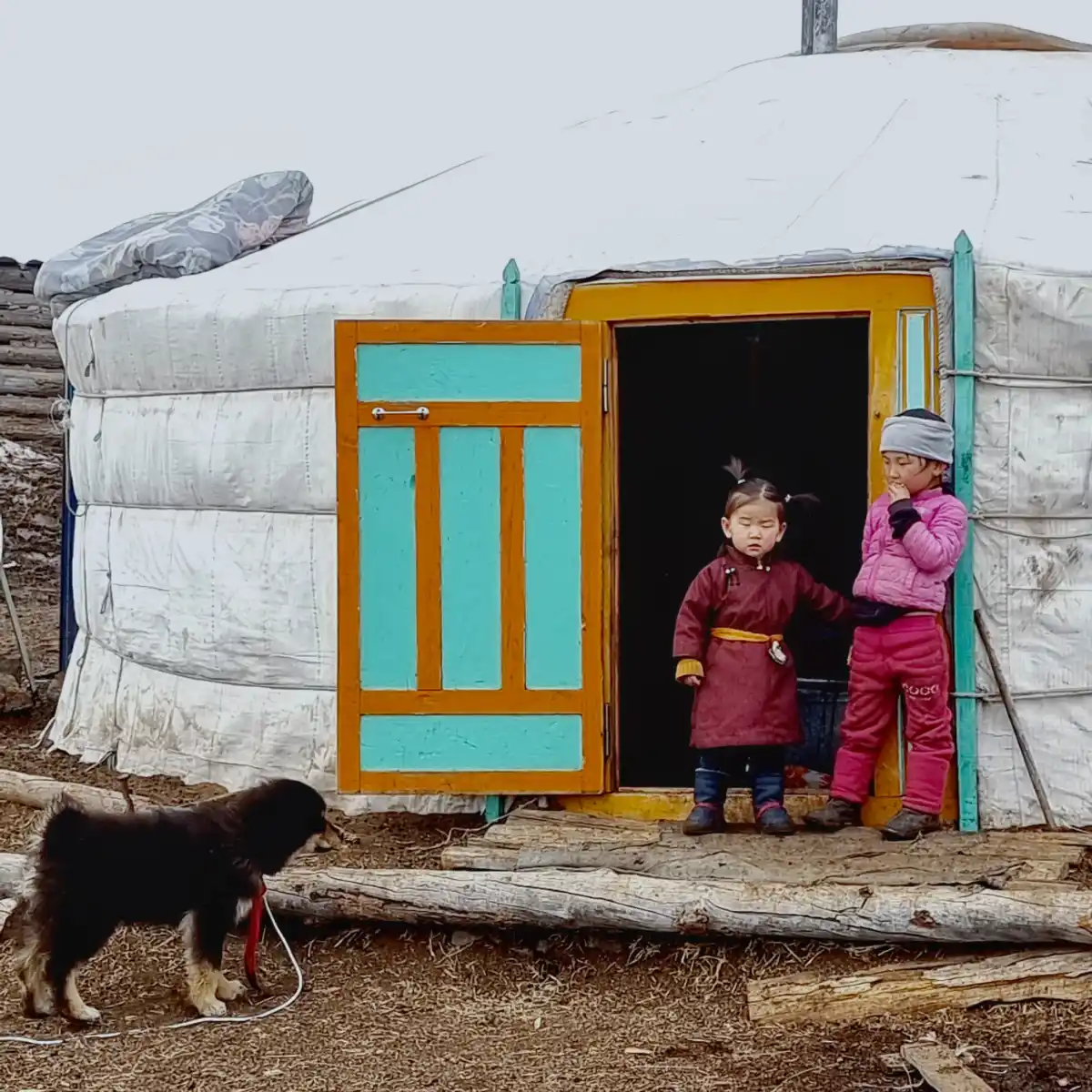
Air pollution is our biggest problem in Ulaanbaatar. The city keeps expanding – 60 percent of Mongolia’s population lives here – and our air is some of the most toxic on earth. Cars make it worse. Most people drive because of the bitter cold and there’s no infrastructure for walking or cycling. More traffic means more air pollution.
In wintertime, children have lots of respiratory infections. Many small children must be hospitalized because they can’t breathe. School classes are huge, so if one child is coughing, soon 60 children will be coughing. It’s dangerous, so school is often canceled for several weeks for children to leave Ulaanbaatar. Some families can stay for free with relatives living outside the city during school cancellations. Others, like mine, don’t have relatives living nearby and are compelled to rent places in the countryside to help their children breathe clean air for a few days.
At the beginning of my Parent Climate Fellowship, I wondered how to speak about climate change by myself in Mongolia. After meeting other Fellows, I felt less alone, because parents in other countries have similar issues.
Learning that some of them work with their children inspired my idea to work with my mother to help nomadic herders.
First, I organized two online conversations for my mom to speak with herders all over Mongolia. She shared her stories, advice, and coping skills. She has endured snow disasters like the one this year and understands the hardship of losing animals. We also made posters about how to predict weather and help livestock survive storms, and many herders appreciated it and the chance to ask how to help sheep or goats too weak to produce milk for their babies.
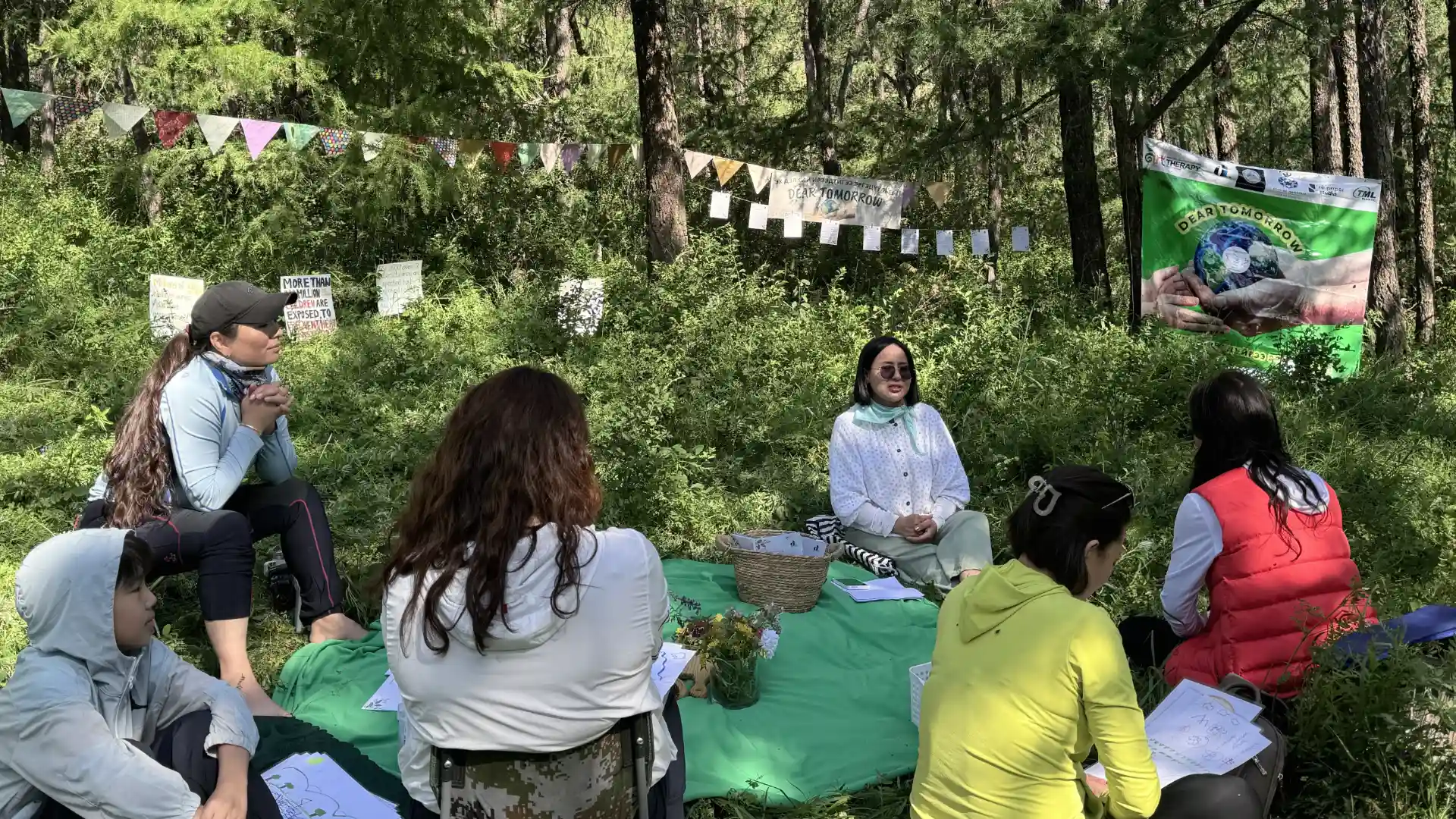
We then visited nomadic herders in my birthplace to ask how climate change is affecting them and how they’re coping. We saw many sheep and goats dead from the snow disaster. It was so sad. One herder cried when he spoke with us. Our former neighbors may give up after nearly 30 years because they’ve lost 70 percent of their livestock. They had bought hay they couldn’t really afford, and though their sheep kept eating, they died slowly anyway from the cold and snow. When I was a child, there was such a variety of nutritious plants and grasses that would help strengthen the livestock for intense winters, but now the grass at our old winter camp is mostly gone because of the climate-driven droughts and harsher weather.
It’s really time to talk about how climate change is affecting Mongolian people psychologically and physically. Many herders tell their children it’s too hard to become a herder and they should move to the city. However, children often suffer and become very sad in Ulaanbaatar from the intense air pollution, social distress, and lack of trees. I want nomadic children to be able to stay in the countryside and continue their parents’ work. It’s beautiful and calm there. I love working with my mother to help herders. It will take time, but we shouldn’t give up if we can help even one family in my generation stay and continue herding.
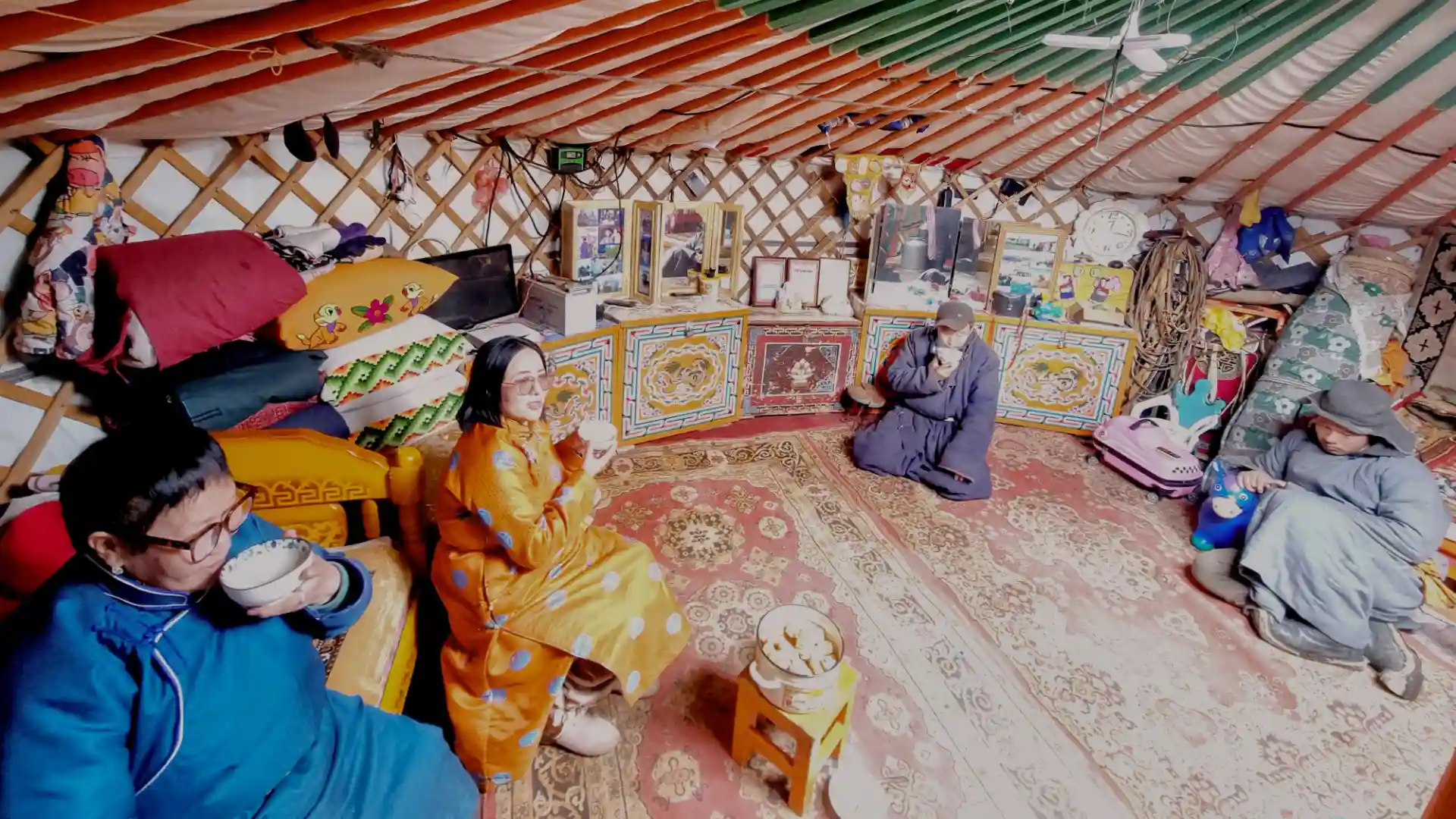
I work to educate the public about difficulties with migration, and also speak with leaders at the municipal, national, and international levels about ways they might better support Mongolians who are forced by increasingly extreme weather to move into cities. I plan to create a film for herders with ideas for coping with climate disasters.
I’m developing an eco-therapy program for migrant families and victims of floods, droughts, and severe air pollution. On my nature walks with migrant school children, we talk about how forests help us and why we should protect and care for nature. I also teach workshops for migrant women to pause and reflect in nature, which can lower stress and offer a deep sense of calm.
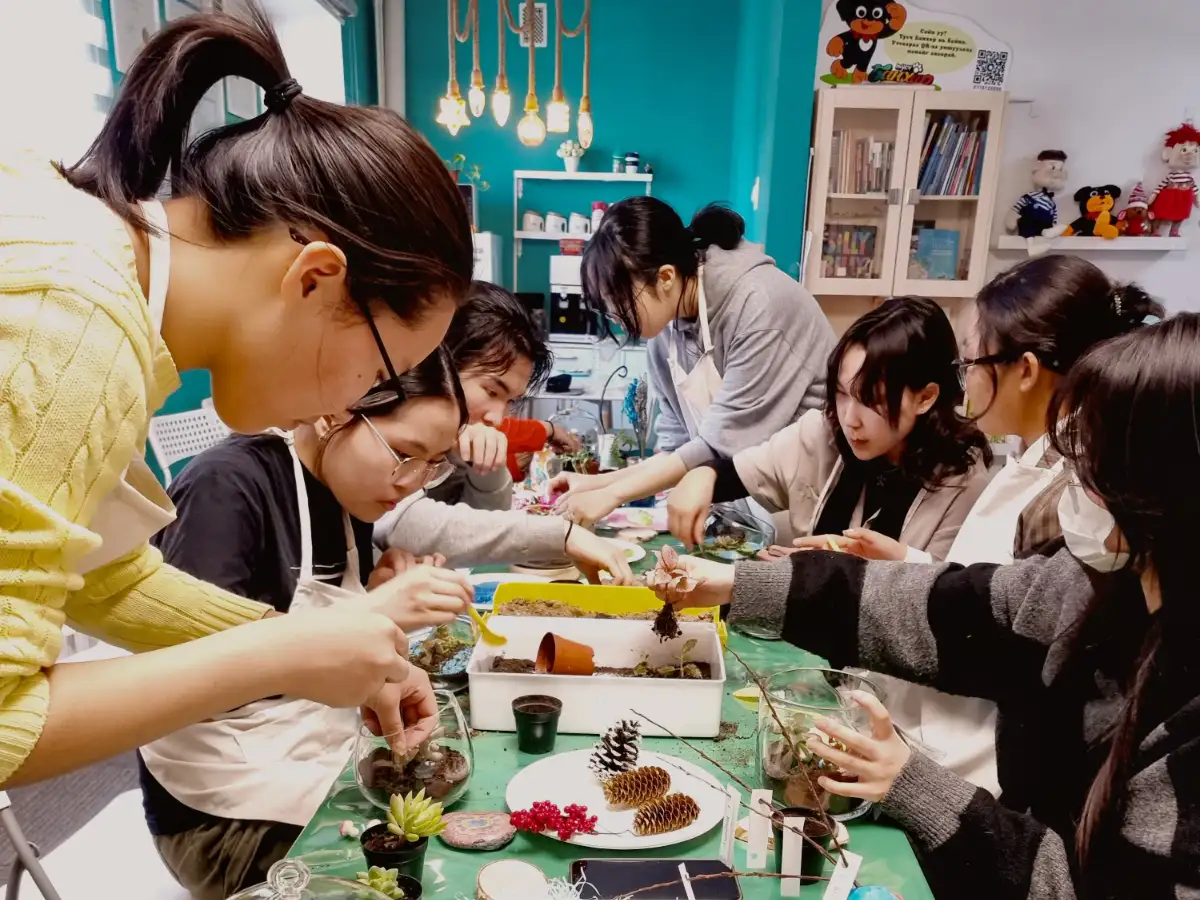
Another of my workshops helps mothers imagine and create eco-friendly spaces for their children. We start by making small desktop gardens together, feeling the natural materials through our senses and reflecting on our connection to nature. This helps them be able to then promote healthy, green, child-friendly spaces together in schools, workplaces, and public places.
I recently shared the DearTomorrow project with a Mongolian community that experienced serious flooding last year. The project asks participants to write letters to their loved ones living in the future, and the exercise helped the parents there reflect on their own relationships with nature. Many then joined our community recycling drive that day which collected 300 kg of plastic bottles. I am passionate about protecting nature and creating green spaces for everyone here in Mongolia, especially children. I know that by continuing to work together, we will create positive change.
